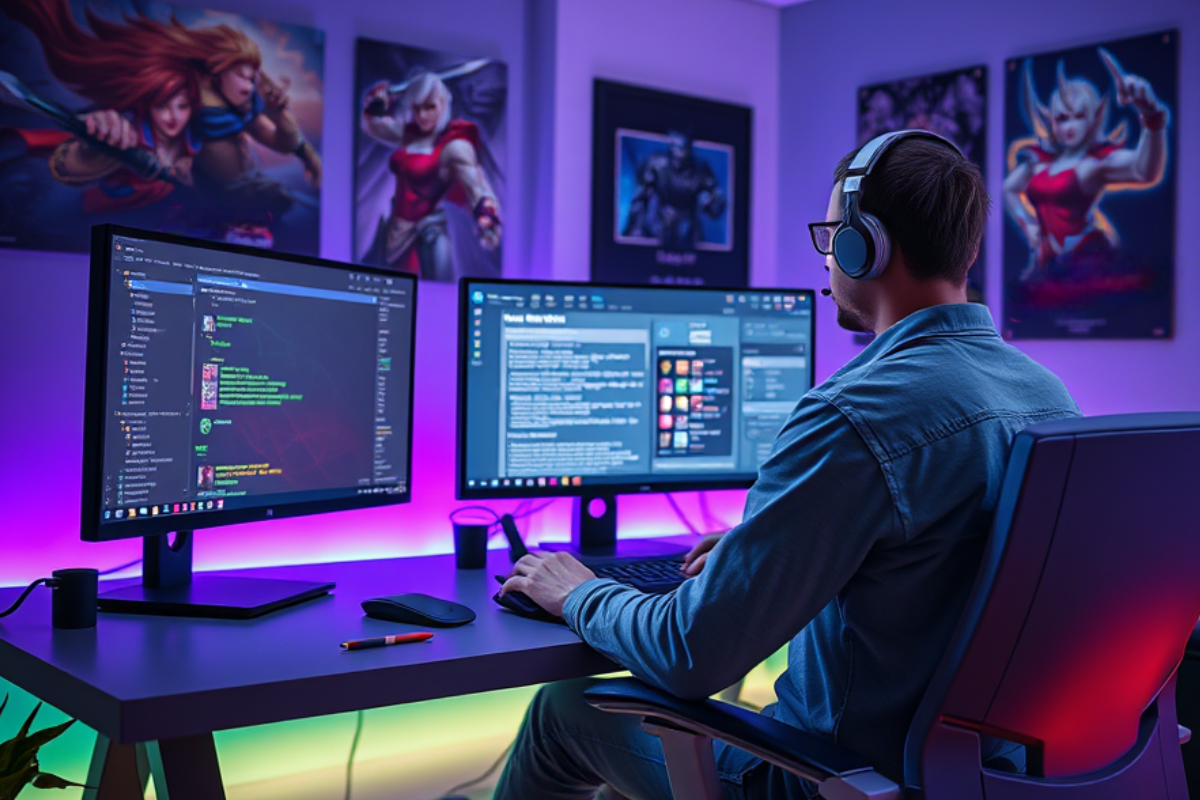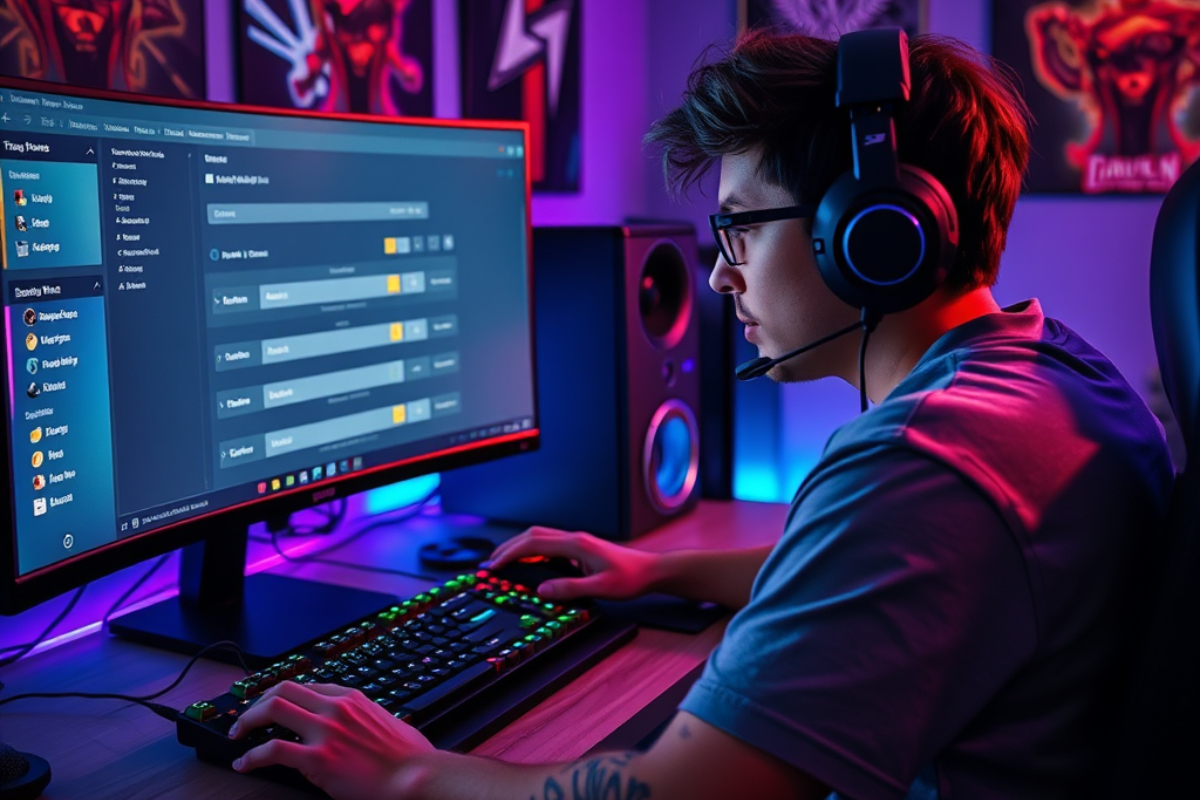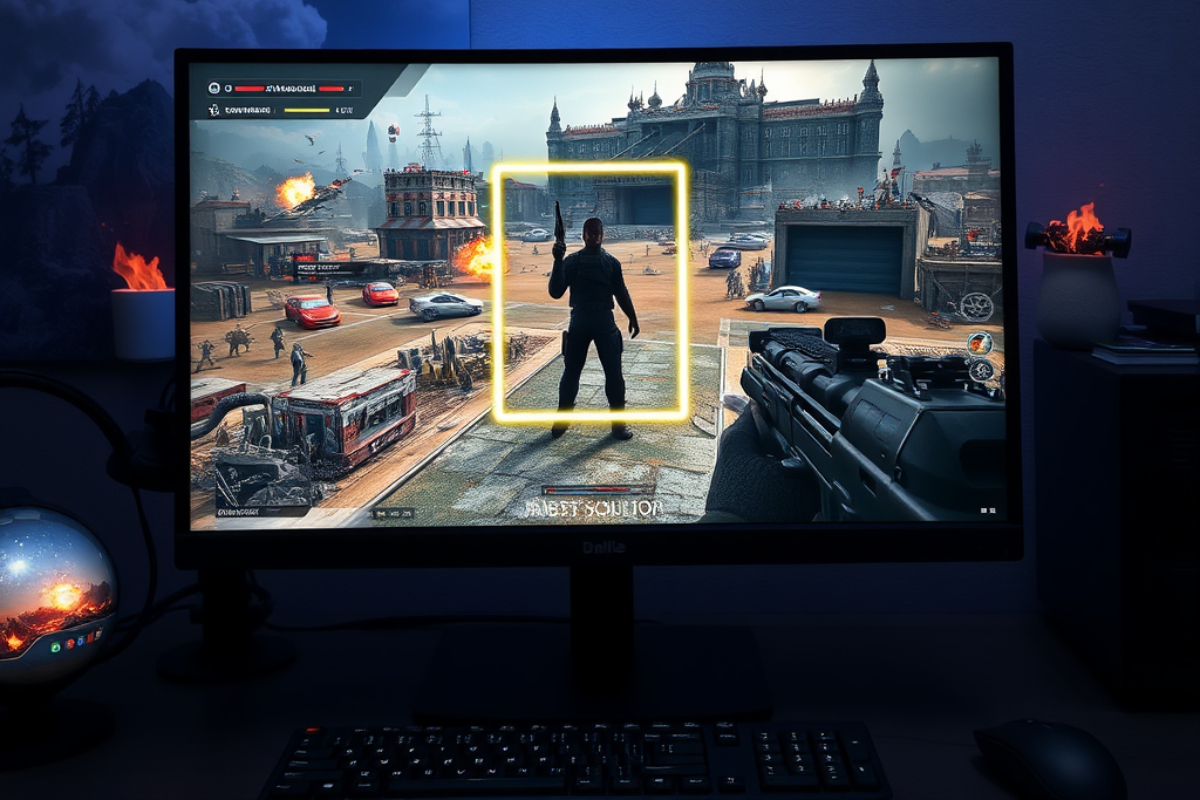For content creators, streamers, and gaming influencers, every change in game mechanics directly impacts their content and performance. When developers alter the flow of a game—from the combat system to simple UI interactions—strategies, the meta, and the player experience also change. It’s not just about patch notes or updates; it’s about adaptation, audience retention, and staying relevant in the gaming world.
On social media, player opinions about an update spread quickly. Sometimes, a simple tweak in mechanics sparks discussions, memes, or even boycott campaigns. That’s why it’s important to understand why developers change game mechanics and what effects these changes have on the community. In this article, we will explore the different reasons behind these changes, their impact on players, and how we can face them as part of the gaming ecosystem.
Quick Rundown of the Article
- This article explains why developers change game mechanics and how it affects players.
- We will discuss reasons such as game balance, community feedback, and technological innovation.
- These changes have both positive and negative effects, from excitement to frustration.
- We will also provide tips on how players can adapt to these changes.
What Are Game Mechanics?
Game mechanics refer to the rules, systems, and interactions used within a game to achieve its objectives. They form the core gameplay—how characters move, how skills are used, how combat works, and how players interact with the game world. For example, jumping, attacking, stealth, crafting, or simply picking up an item are all part of the mechanics.
In simple terms, these are the technical and design aspects of a game that shape the overall player experience. When developers change mechanics, it can affect the number of enemies, movement speed, or the way rewards are obtained. No matter how small, these changes have a direct impact on gameplay and player satisfaction.
Reasons Why Game Mechanics Are Changed
One main reason for changing game mechanics is balance. If a character is too strong compared to others, it can ruin the fairness of the game. In competitive games like Valorant or League of Legends, we often see “nerfs” or “buffs”—weakening or strengthening character abilities. This is done to make matches fairer and prevent overly dominant playstyles.
Community feedback also plays a big role. Through forums, Discord, Reddit, and social media, developers hear players’ opinions. If many complain that a feature is annoying or doesn’t work properly, developers might change it. For example, No Man’s Sky underwent many changes based on community feedback after its initial release. Now, it’s considered one of the most valued sandbox games.
Sometimes, game mechanics are changed to make the game more fun or engaging. Not all features work well in actual gameplay. In Breath of the Wild, developers limited stamina to make climbing and exploring more challenging. This adds more strategy for players.
Of course, commercial reasons are also involved. When there’s a new expansion or season pass, mechanics often change too. This encourages returning players to try the game again. In some cases, mechanics are altered to promote new in-game purchases or features.
With rapid technological advancements, games also need to adjust to new hardware. For instance, when a PC game is ported to mobile or console, some mechanics need reworking to suit touchscreens or controllers.
Types of Changes in Game Mechanics
Not all updates have the same impact. Some changes are barely noticeable, while others make the experience feel like a completely new game. To understand better, let’s break it down into key categories:
Minor vs. Major Changes in Game Mechanics
Minor updates are subtle, like UI tweaks or slight movement speed adjustments. Major changes can completely alter gameplay, like suddenly changing the combat system in an RPG you’re used to.
Temporary vs. Permanent Changes
Temporary changes usually happen during seasonal events. For example, Overwatch has special modes during Halloween or Winter events. Permanent changes fundamentally alter the core gameplay experience.
Balancing, Rework, and Redesign
- Balancing means adjusting values (damage, cooldowns, etc.).
- Rework gives a feature a new purpose or use.
- Redesign is a complete overhaul, like Riot Games’ Runes Reforged update in League of Legends, which transformed the rune system from static to more flexible.
Impact of Changing Game Mechanics on Players
Changes in game mechanics directly affect player experience, whether for casual gamers, content creators, or professional esports players. Sometimes they bring joy and new challenges, but they can also cause frustration or confusion.
Positive Reactions: Excitement and New Challenges
For some, new mechanics are exciting. They prolong interest in the game and offer fresh challenges. Especially if players have been playing a title for a long time, new experiences keep the game feeling fresh.
Negative Reactions: Learning Fatigue and Frustration
However, some players get annoyed or shocked by changes. If you’re used to a system and it suddenly changes, you have to relearn what you once knew. This is called learning fatigue—feeling forced to go back to basics despite having played for a long time.
Meta Changes
One critical effect is the shift in meta—the most effective strategies or playstyles. When mechanics change, the meta can also change. This is crucial in esports, like in Dota 2, where almost every patch introduces a new meta that pro players must study.
Accessibility: Inclusive or Exclusive?
Changes also impact accessibility. Some mechanics make games more inclusive for casual players, like auto-aim or simple controls, helping less hardcore gamers. Conversely, overly complex changes may discourage new players.
How Players Can Adapt to Changes in Mechanics
One of the best ways is to read patch notes. These explain which mechanics changed and why. Understanding the reasoning behind updates makes it easier to accept and prepare for them.
Engaging with the gaming community helps, too. Discord servers, Reddit threads, and streamer content often discuss new strategies or builds, giving ideas on how to adjust.
Don’t be afraid to experiment. Practice modes or playing more matches help you get used to new mechanics. Often, hands-on gameplay teaches better than just reading.
Another key step is giving feedback to developers, not just complaints, but constructive suggestions. Many mechanical changes result from community feedback, so being part of the process is important.
Why It’s Important for Players to Understand Mechanic Changes
The gaming world changes rapidly, and games adjust to better suit player preferences, new technology, or evolving competitive scenes. By understanding why mechanics change and how they affect gameplay, players become more prepared, not just for the present but for future updates.
Instead of immediately getting frustrated with changes, it’s better to see them as opportunities to learn, adapt, and enjoy your favorite games more. Being flexible and open to change is a valuable trait, not only in gaming but in life itself.



